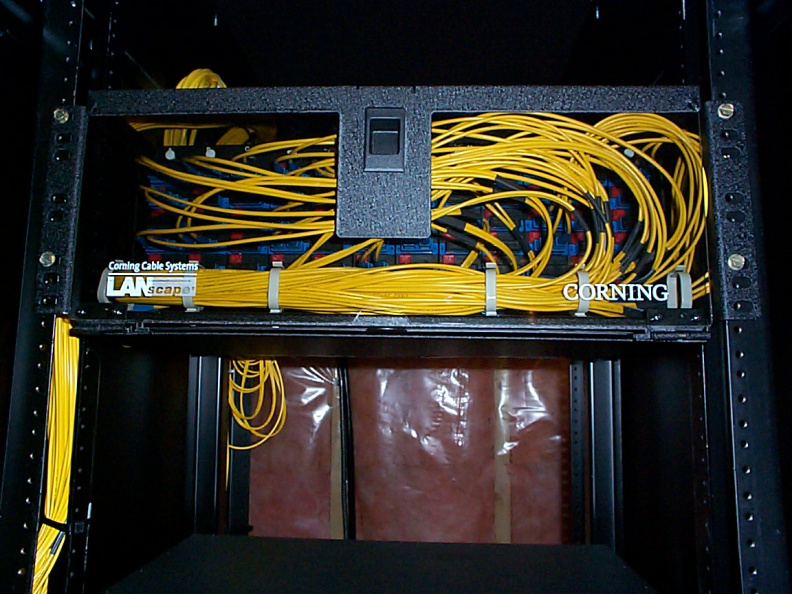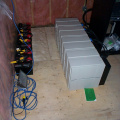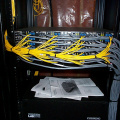Home / Sioux Lookout Library - 2003-03-27 /
The patch panel where all 144 strands of fiber terminate. Each location connected to the fiber network requires at least two fib
3/8

The patch panel where all 144 strands of fiber terminate. Each location connected to the fiber network requires at least two fibers (one for receive and one for transmit) for a network connection.
- Created on
- Thursday 27 March 2003
- Posted on
- Thursday 27 March 2003
- Visits
- 1384
- Make
- Eastman Kodak Company
- Model
- DC210 Zoom (V05.00)
- DateTimeOriginal
- 2003:03:27 16:14:50
- ApertureFNumber
- f/4.0

